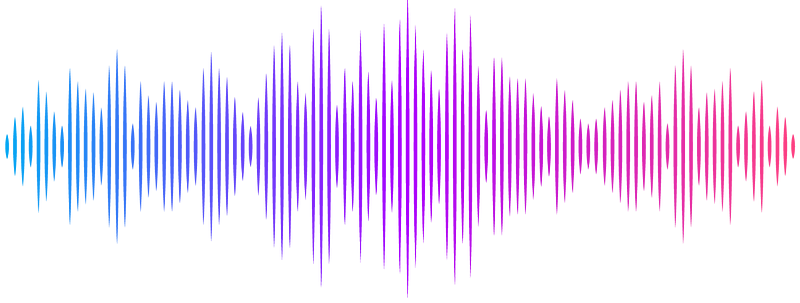Orbital eccentricity in a neutron star - black hole binary

Orbital eccentricity in a neutron star - black hole binary
Gonzalo Morras, Geraint Pratten, Patricia Schmidt
AbstractThe observation of gravitational waves from merging black holes and neutron stars provides a unique opportunity to discern information about their astrophysical environment. Two signatures that are considered powerful tracers to distinguish between different binary formation channels are general-relativistic spin-induced orbital precession and orbital eccentricity. Both effects leave characteristic imprints in the gravitational-wave signal that can be extracted from observations. To date, neither precession nor eccentricity have been discerned in neutron star - black hole binaries. Here we report the first measurement of orbital eccentricity in a neutron star - black hole binary. Using, for the first time, a waveform model that incorporates precession and eccentricity, we perform Bayesian inference on the event GW200105 and infer a median orbital eccentricity of $e_{20}\sim 0.145$ at an orbital period of $0.1$s, excluding zero at more than $99\%$ confidence. We find inconclusive evidence for the presence of precession, consistent with previous, non-eccentric results. Our result implies a fraction of these binaries will exhibit orbital eccentricity even at small separations, suggesting formation through mechanisms involving dynamical interactions beyond isolated binary evolution. Future observations will reveal the contribution of eccentric neutron star - black hole binaries to the total merger rate across cosmic time.